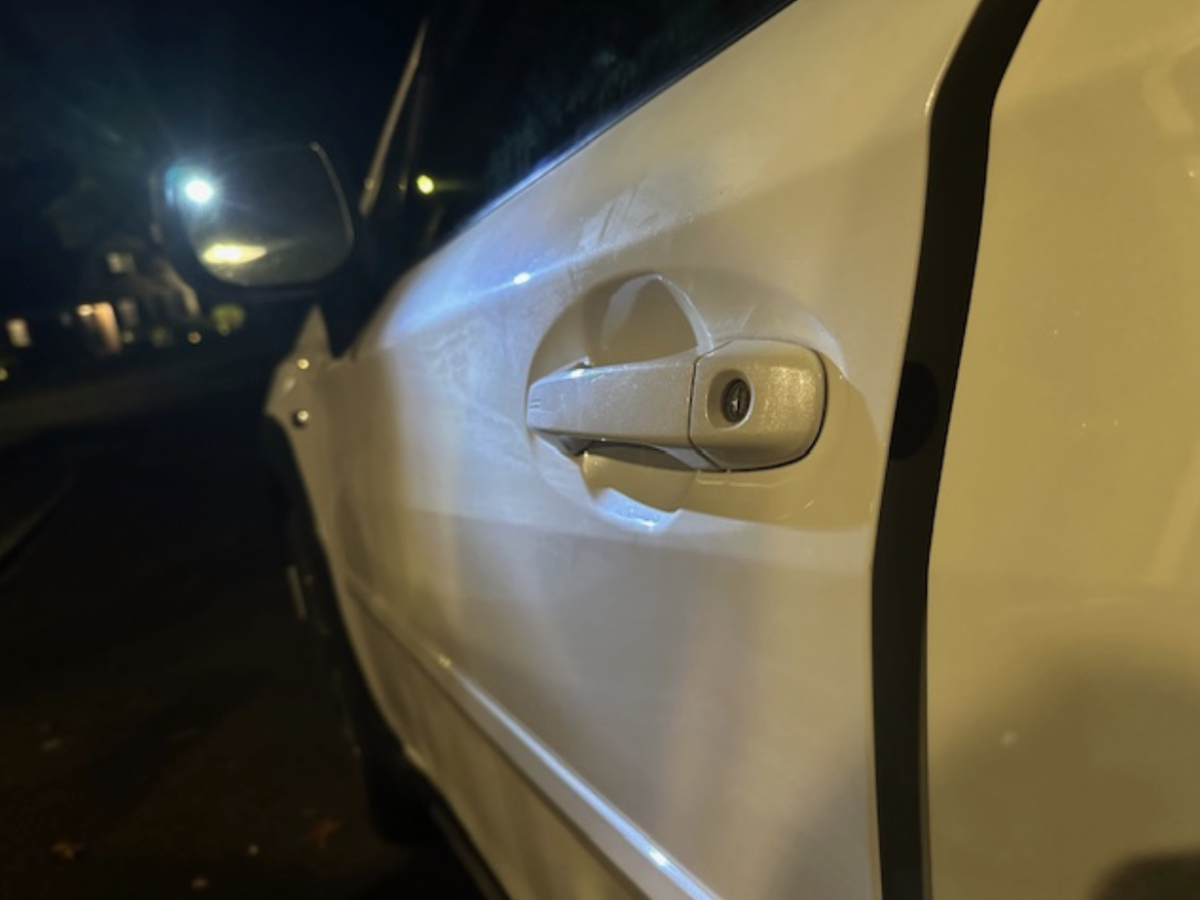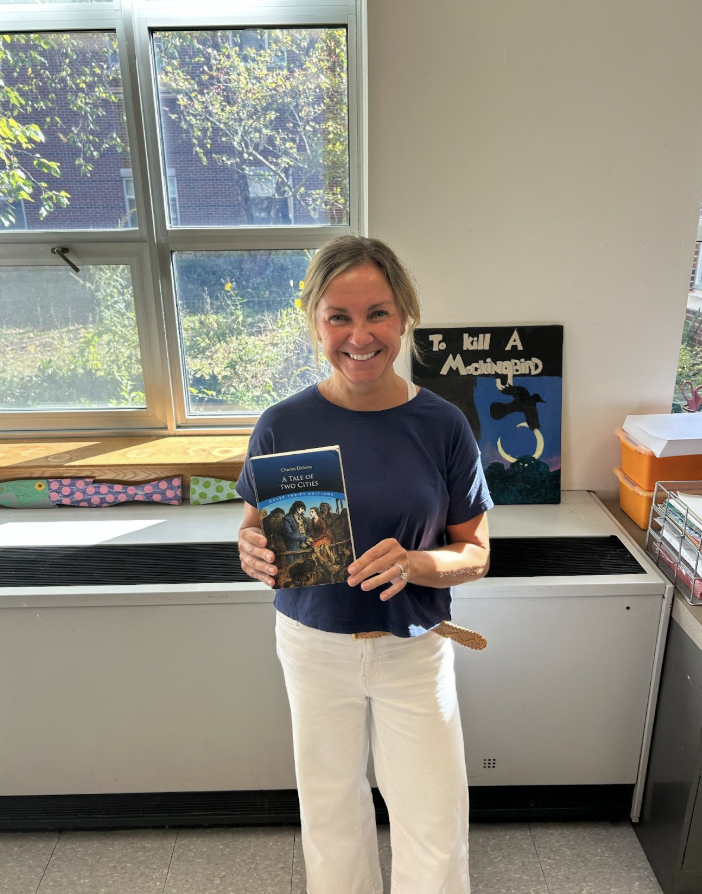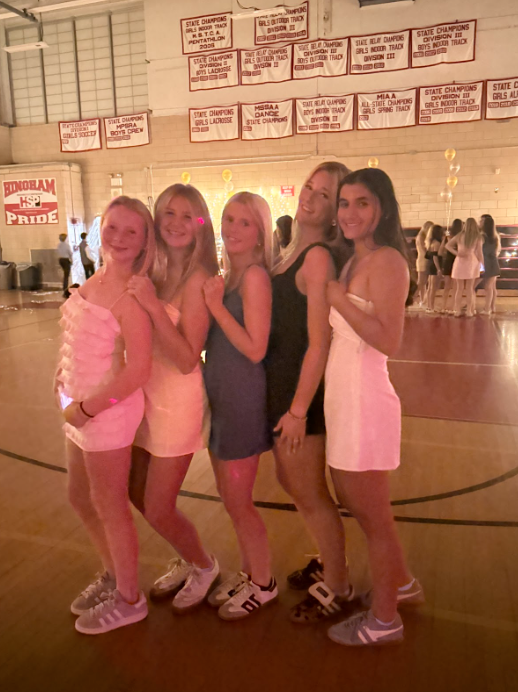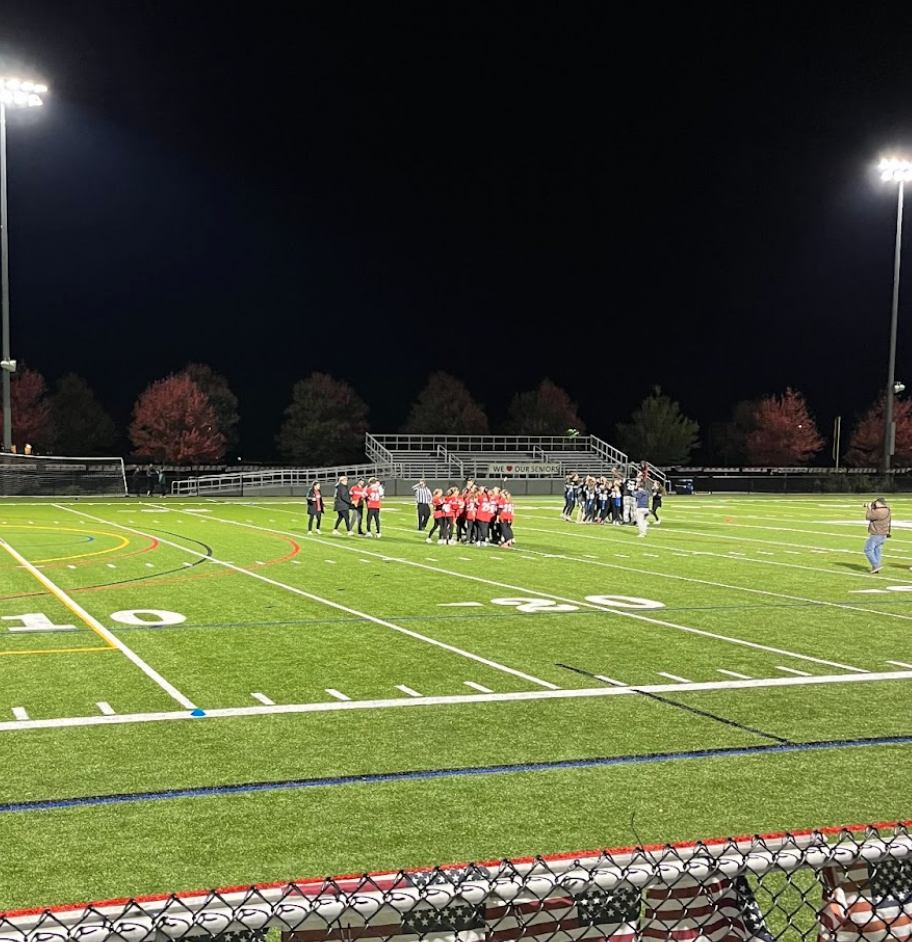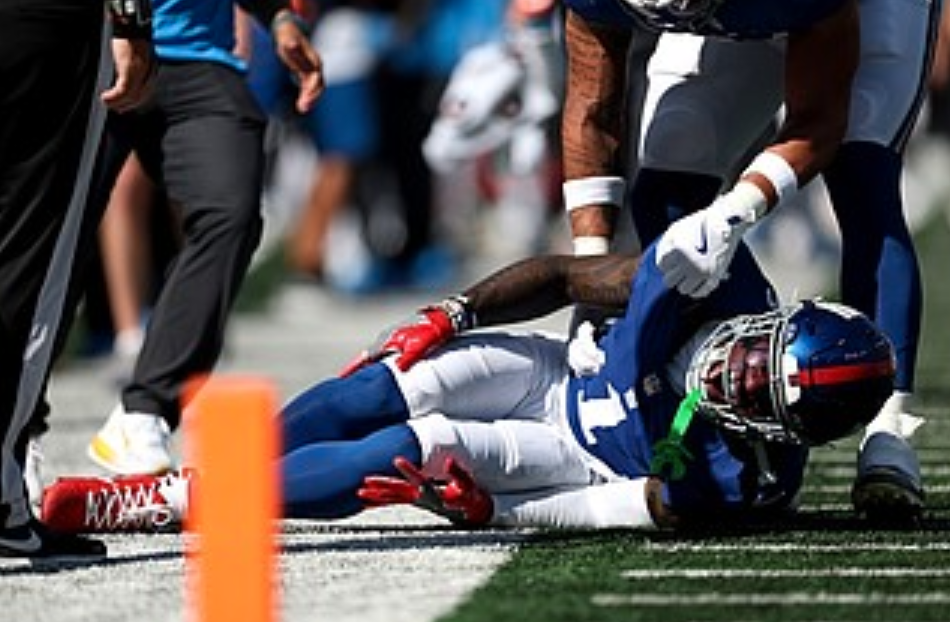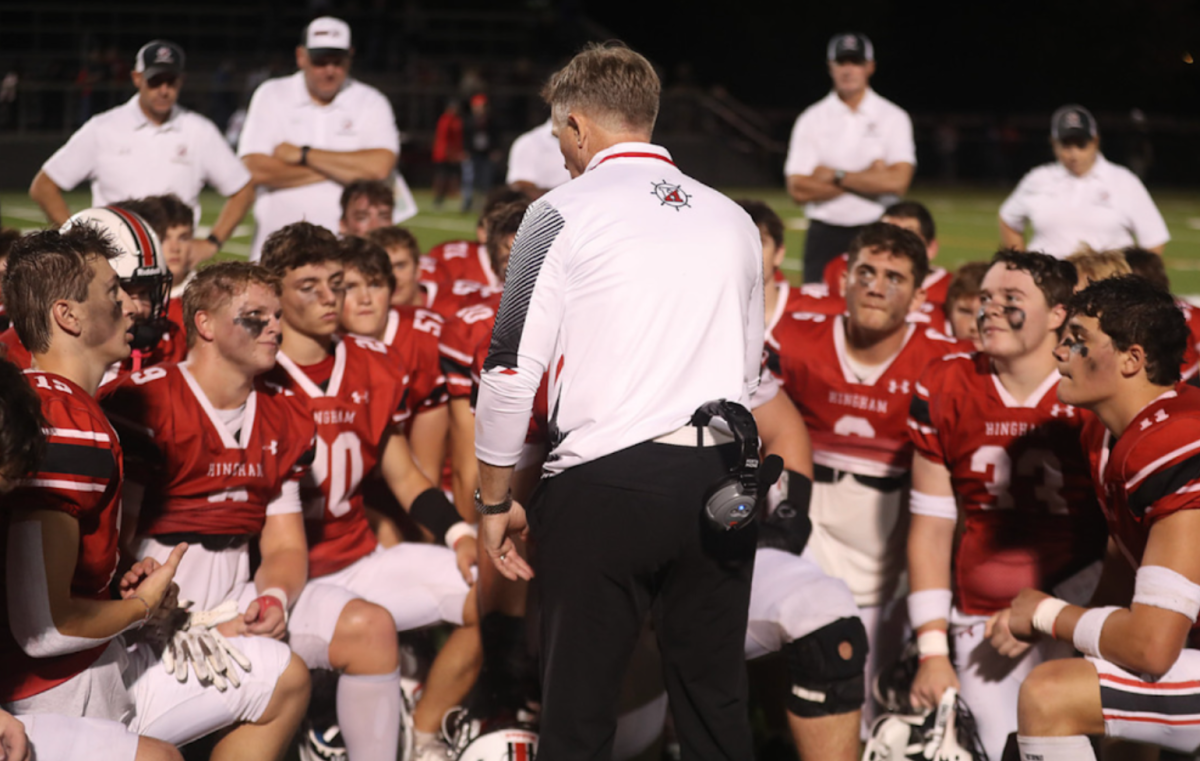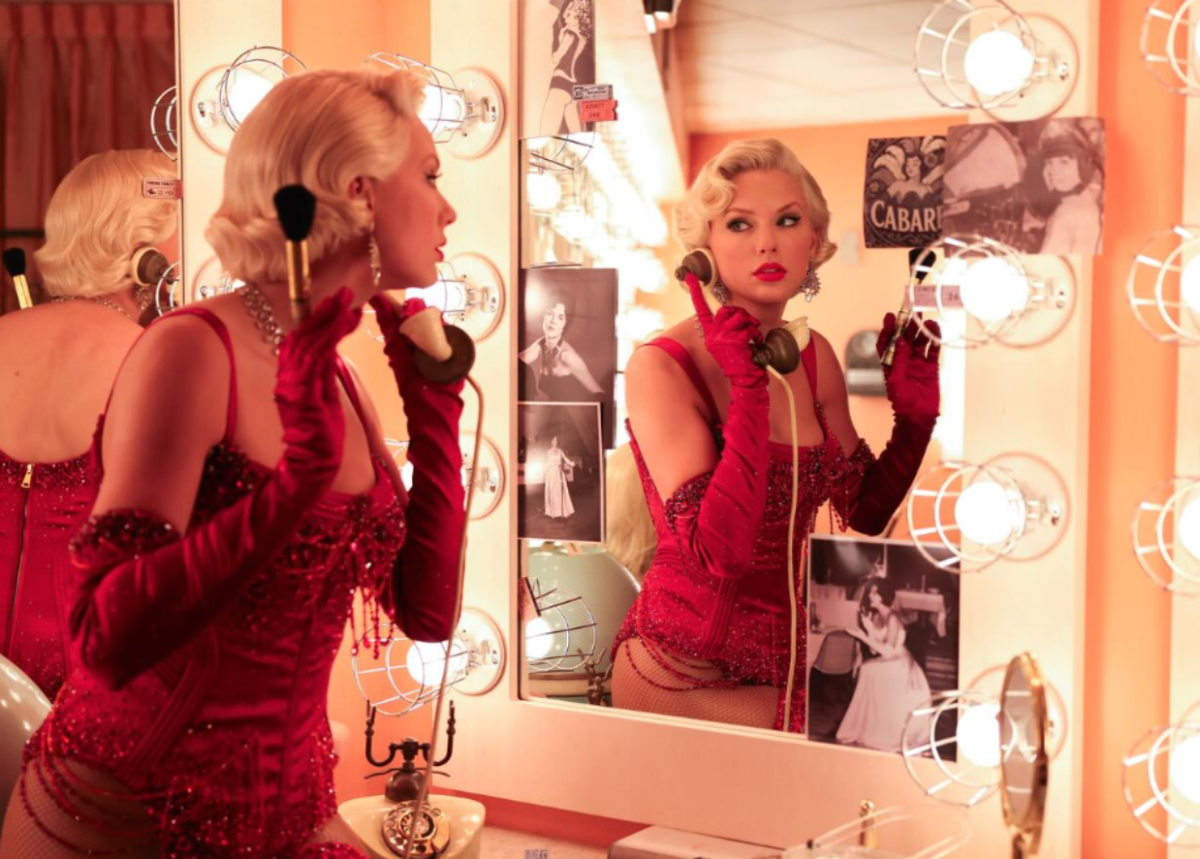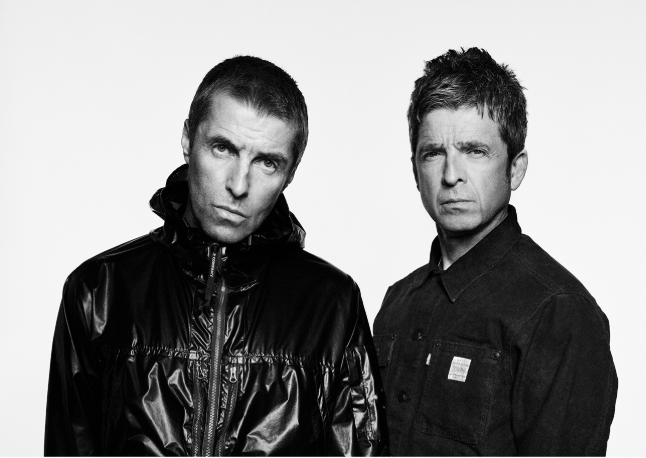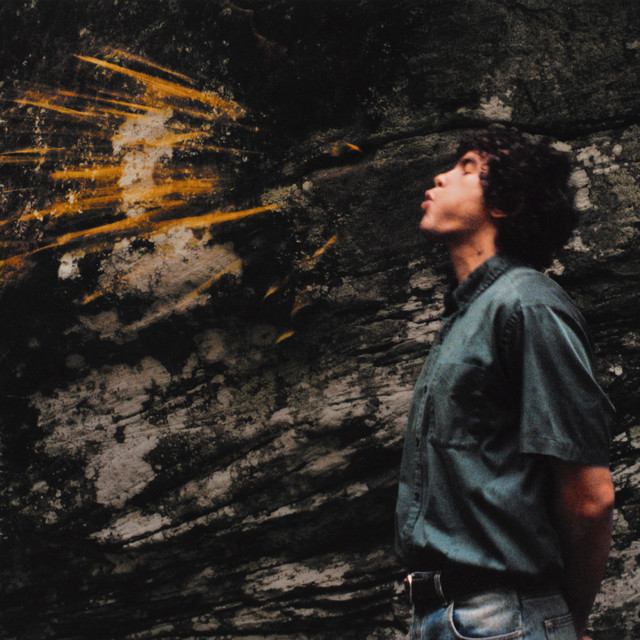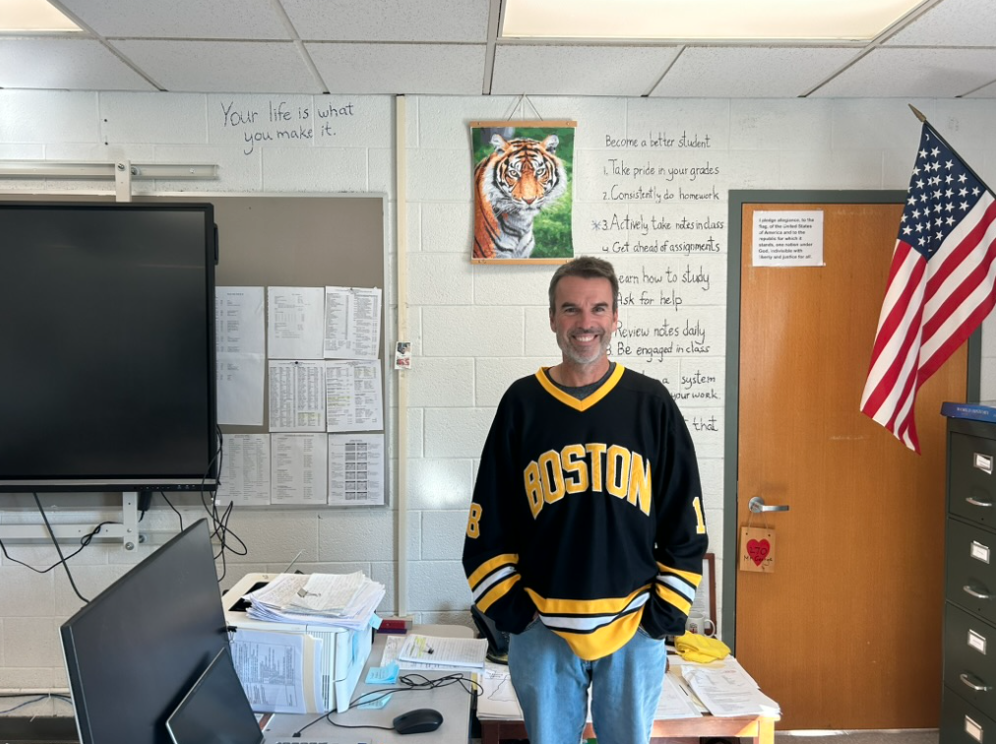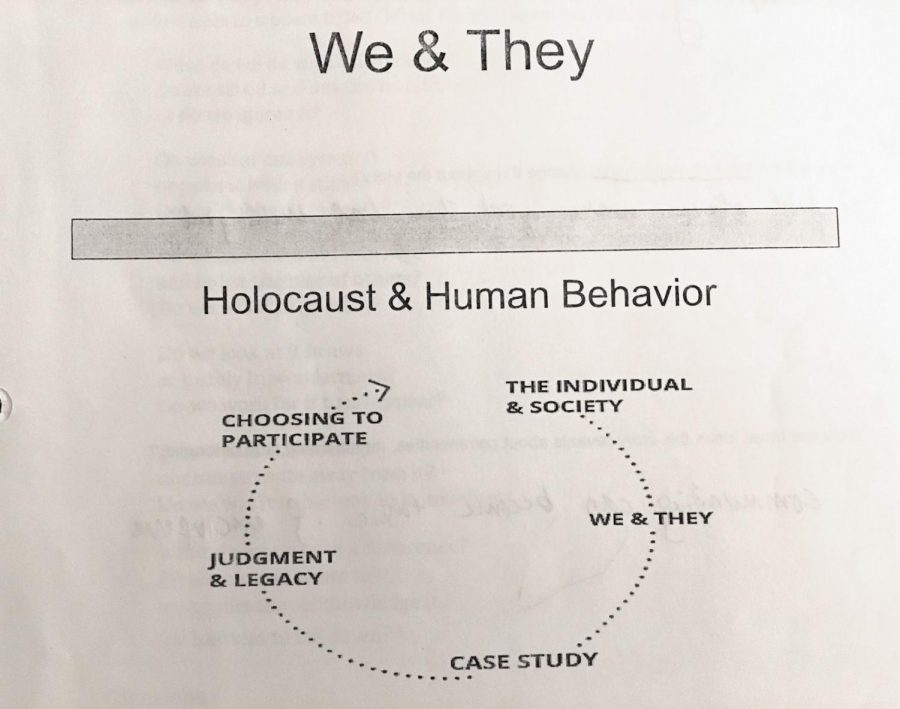Holocaust and Human Behavior: students use their projects to take a stand
The HHB class curriculum.
December 23, 2018
As the semester winds down, the students of the Holocaust and Human Behaviors class begin to wrap up their social justice projects. The “Taking a Stand” project marks the final unit of the class. The project focus on solving, or lessening, a problem in the community, country, or world.
The Holocaust and Human Behaviors class is an elective history class offered at HHS. Both Ms. McCash and Mr. Louchheim teach the course. The class begins with examining how human populations form “we” versus “they” groups. The course continues to explore how these groupings lead to hatred and, eventually, murder, ethnic cleansing, and genocide. Through the careful study of the history and culture of Germany preceding WWII, students develop a complex understanding of how the Holocaust happened, rather than just the facts and statistics.
Starting only a few weeks into the year, the class begins researching different problems in the community, country, or world. Eventually, students focus on one specific problem and the ways they can help solve it. They work for months to creatively find solutions to their selected issue. Sometimes this means talking to HHS faculty or contacting Puerto Rican CEOs. All this work culminates with a presentation at the end of the term to the rest of their classmates.
Most students find the whole process very rewarding. Senior Lily Denneen said, “For my project I got to talk to the faculty about how to make the school more inclusive, and many teachers have already said they’ve made changes to make a difference.” It is incredibly empowering for young adults to be able to see and understand the positive changes they can create.
Students deeply enjoy the hands-on experience and find it very meaningful. Senior Ali Henderson explained, “The holocaust projects have taught me that there’s always room to make a difference, even in our backyard.” A huge factor of the Holocaust, students learn, was the silence of others. Bystandership hurt millions of people. Through these projects, everyone learns how to stand up for something important, and why no one should ever ignore injustice.


